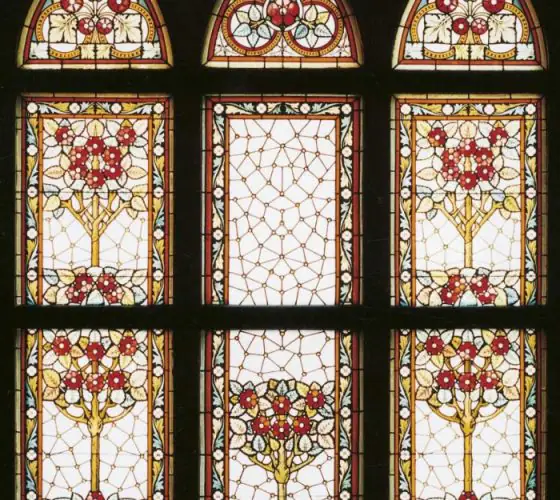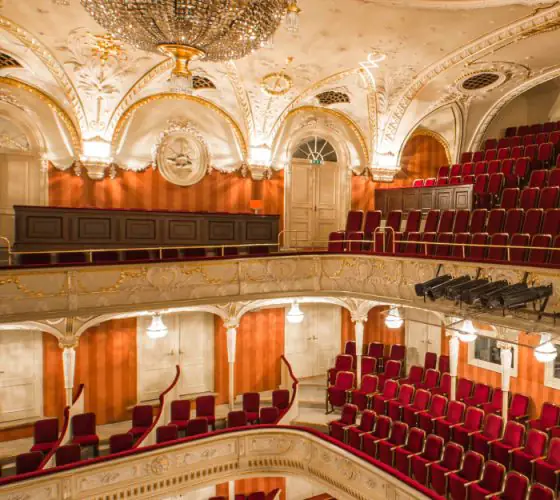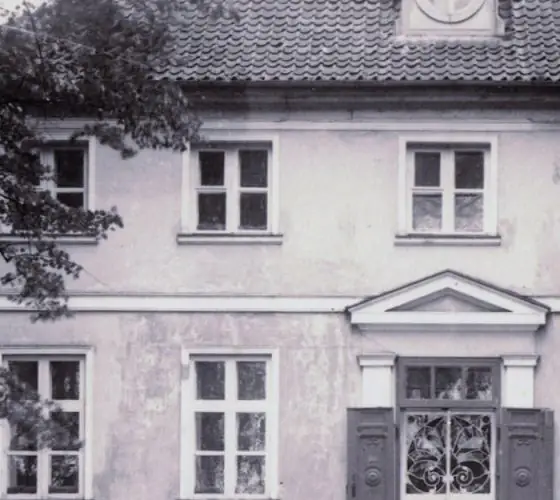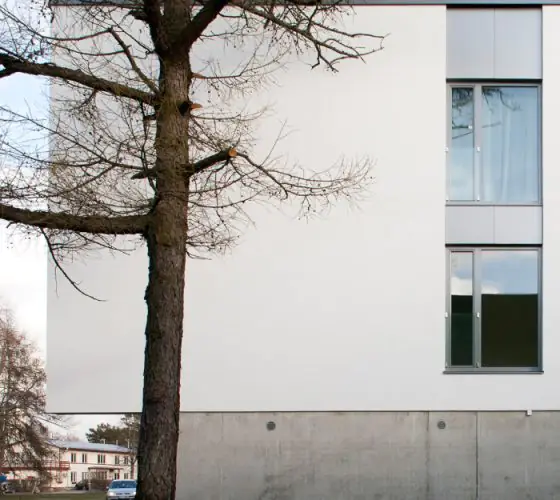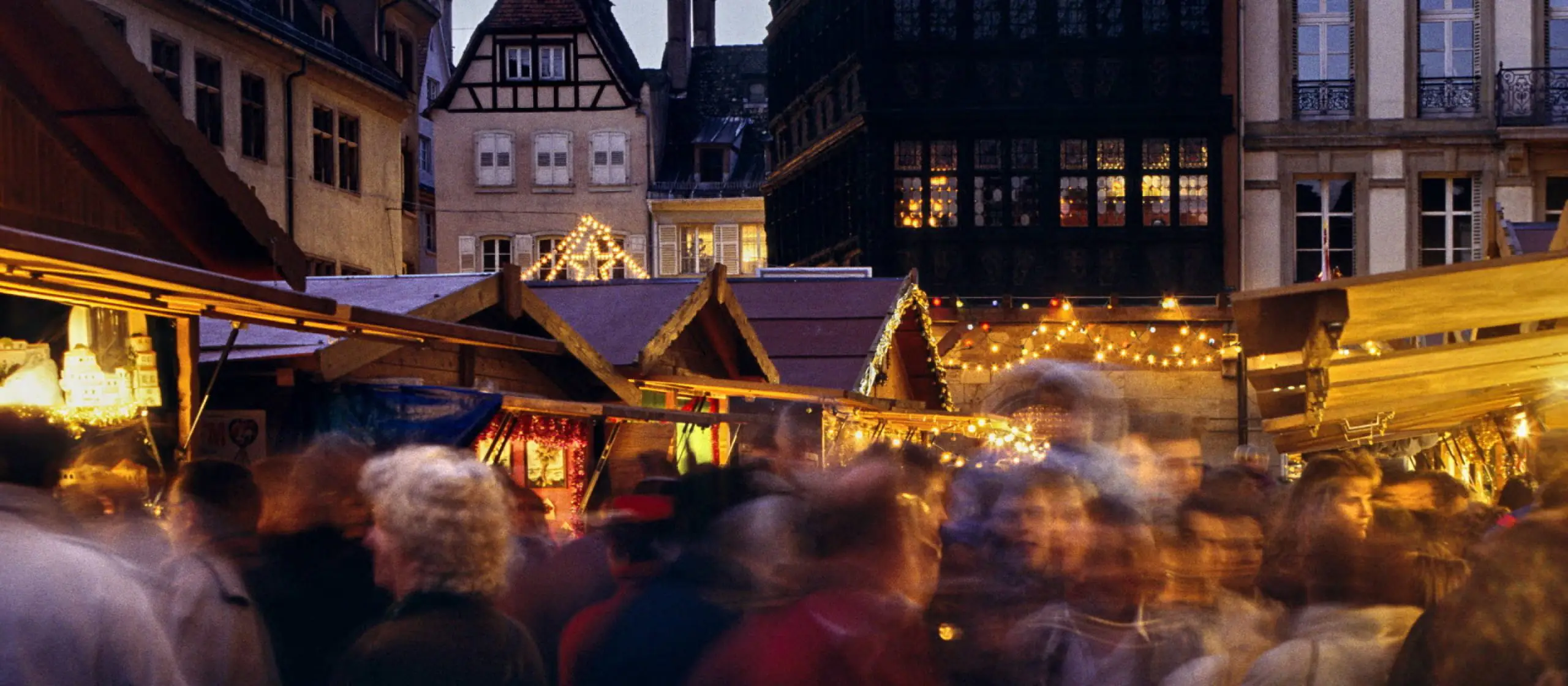
In Latvia, the custom of celebrating Christmas publicly is very old: it is said that the first Christmas tree was set up in Riga in 1510. Christmas markets, another key element of the holiday, also have deep historical roots that stretch back centuries. Let’s take a closer look at how this tradition has developed from the Middle Ages to modern times.
The Birth of a Tradition
The first Christmas markets are believed to have originated in the late Middle Ages, although they weren’t initially connected to the holiday season. Winter markets were held as the cold weather set in, giving townspeople a chance to stock up on essential goods for the winter months. For example, in 1296, Duke Albrecht I of Austria allowed merchants in Vienna to host a “December market” to supply the city with winter provisions.
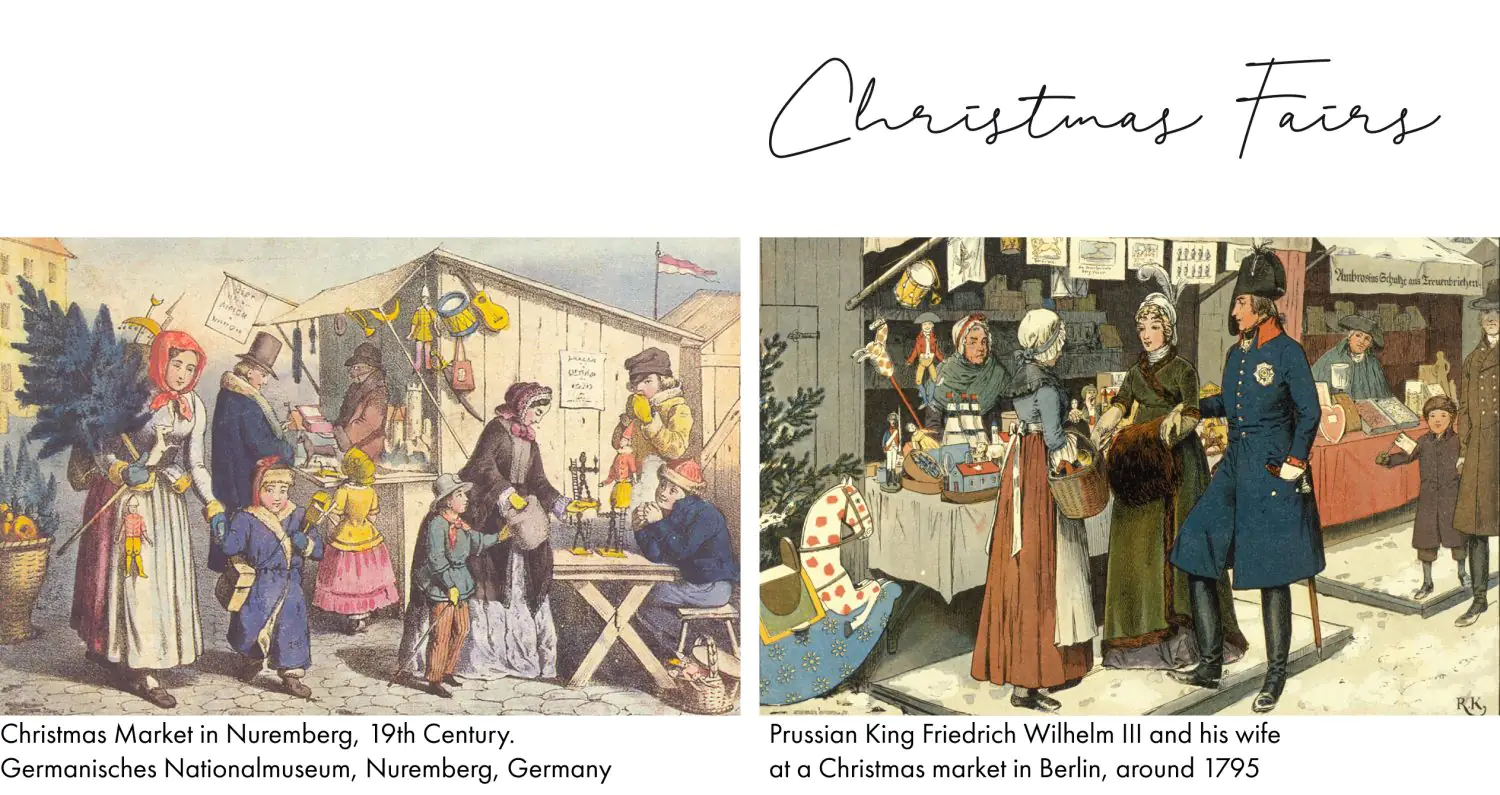
The St. Nicholas Market in Munich was first mentioned in 1310, likely held on St. Nicholas Day, December 6. In 1384, German king Wenceslaus granted the city of Bautzen the right to hold a free meat market every Saturday from St. Michael’s Day, September 29, until Christmas. Over time, the tradition of winter markets spread across German-speaking Europe, including present-day Germany, Austria, Hungary, Switzerland, France and Italy.
These early markets were very different from the Christmas markets we know today. They didn’t sell customary holiday treats, Christmas trees or children’s toys. However, by the 16th century, large Christmas trees began to appear at these markets.
The Rise of Christmas Markets
It’s hard to pinpoint the exact origins of the classic Christmas markets or to say which European market was the first. Many cities, including Dresden, Nuremberg and Strasbourg, claim to be the birthplace of this custom. One thing is clear: by the mid-15th century, the custom of giving gifts to children on St. Nicholas Day, December 6, began to fade, and gifts gradually became more closely associated with Christmas, which had previously been a more religious celebration. Around the same time, December markets started to shift towards Christmas, with vendors selling toys, nativity scenes, holiday treats, sweets and Christmas trees. This is when winter markets began to evolve into the Christmas markets we know today, with stalls and kiosks offering tree decorations, gifts and festive foods.
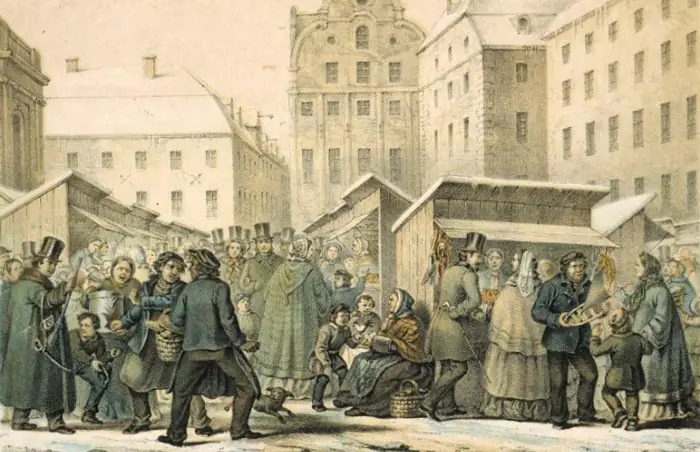
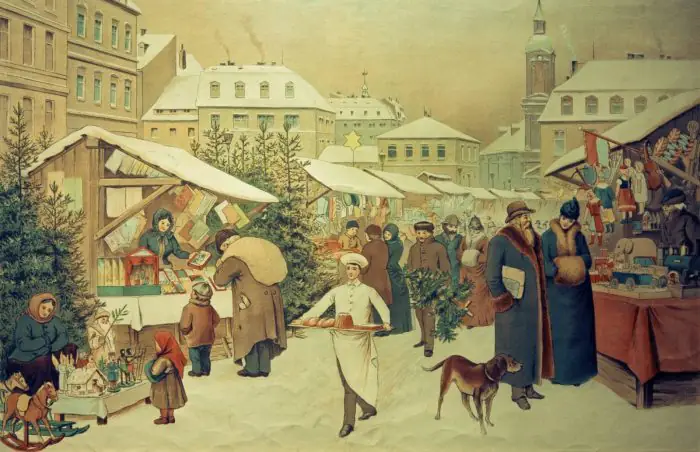
By the 17th century, Christmas markets had spread across Europe and become more organized. The church and local authorities began issuing special permits for markets on specific dates, allowing vendors to set up their stalls and pavilions in central squares, often near large cathedrals and churches. From the 17th to the 19th centuries, Christmas markets became an important unifying force in cities. People from all social classes, regardless of their religious beliefs, would gather to admire the decorations and mingle in the lively crowds. Visiting the market became not just a practical activity, but a cultural experience—festive decorations, music, lights, and performances by street dancers and singers created a sense of shared joy and community.
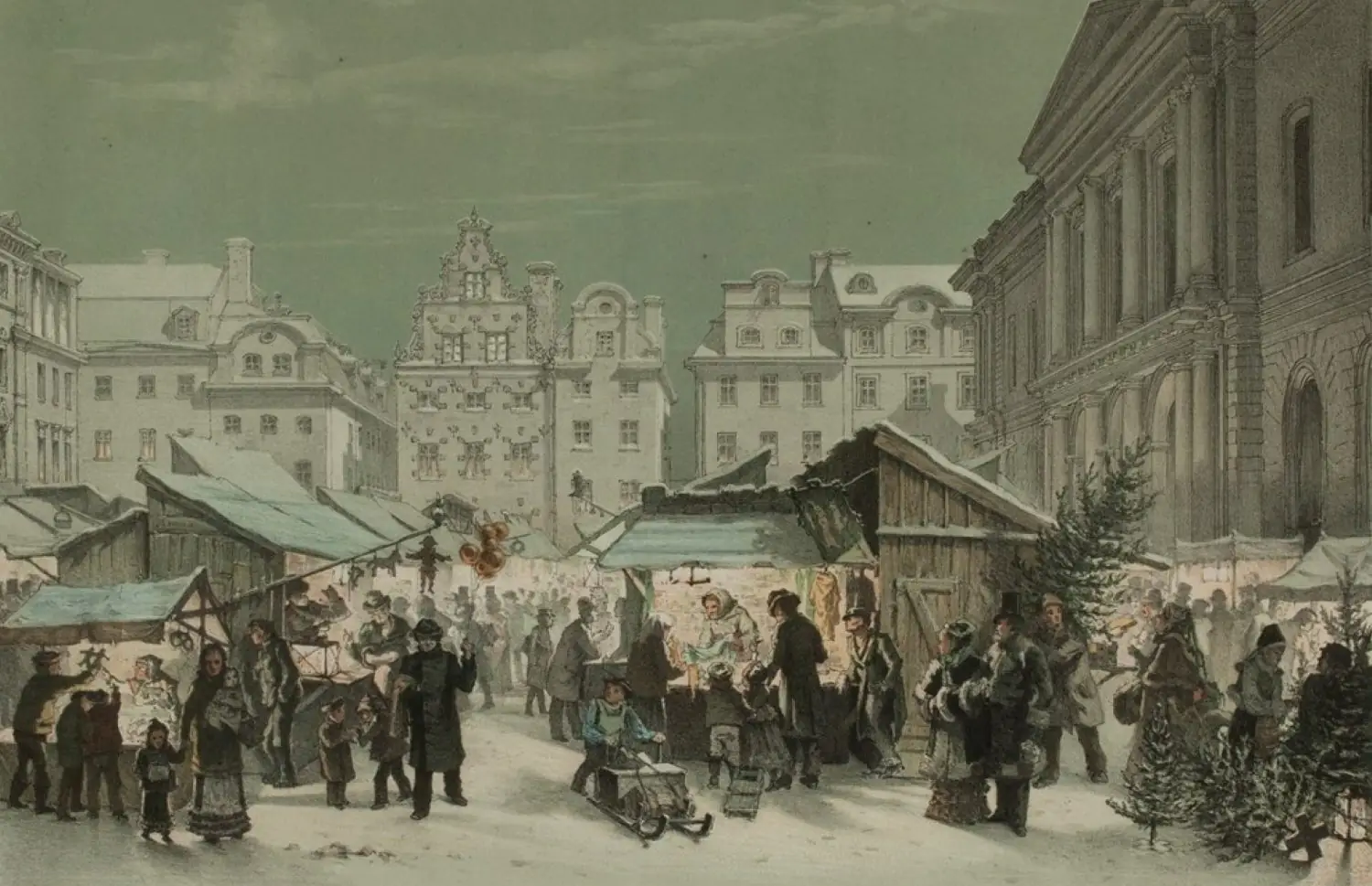
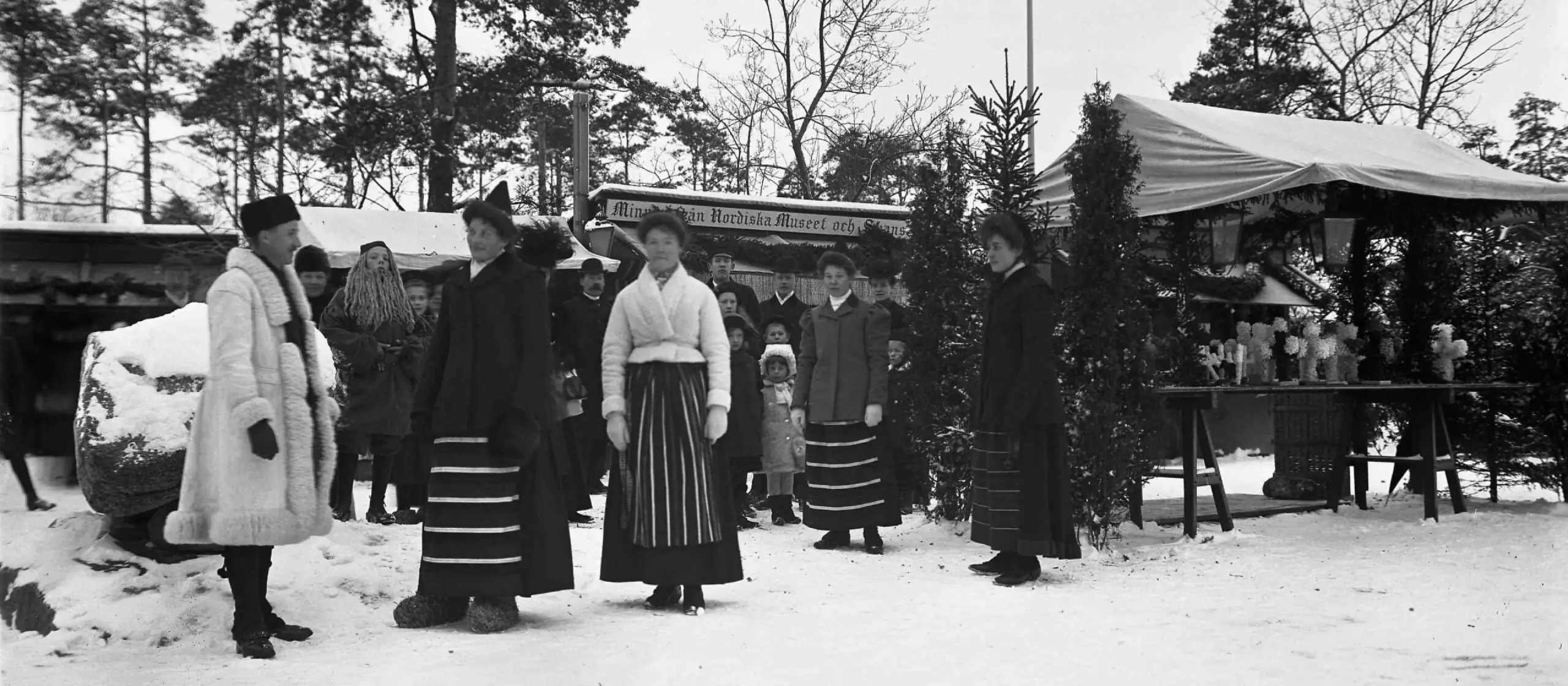
Modern Times: A Revival
With the rapid growth of industrialisation, by the early 20th century, market vendors and artisans found it harder to compete with mass-produced goods. It was easier and cheaper for the consumers to buy factory-made toys, holiday decorations and gingerbread cookies in stores, and these began to push out the traditional Christmas markets, where handmade goods and uniqueness were prized. By the 1920s, most of these markets had declined, giving way to new retail formats and shifting tastes among city residents. Many of them were moved from central squares to the outskirts of towns.
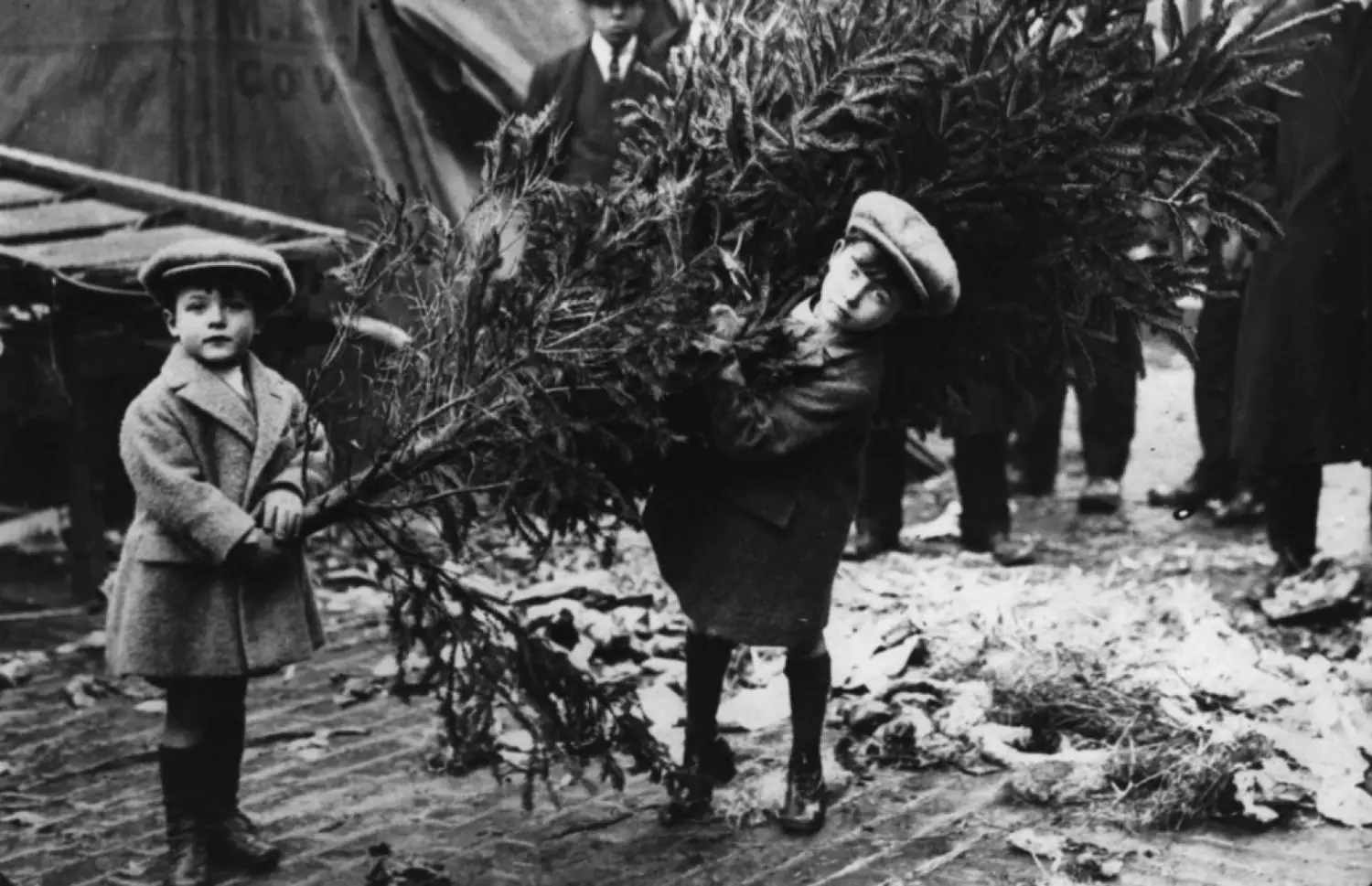
However, after the end of the Second World war, Christmas markets experienced a revival. In the 1950s and 1960s, they became popular again among city dwellers. These new markets were quite different from their predecessors; they became more than just places for trade — they evolved into major city events. Skating rinks, carousels, rides, and cafes offering Christmas food and drinks appeared at pre-Christmas markets. The format, which combined shopping, gastronomy, and entertainment, proved so successful that Christmas markets continue in this form to this day.
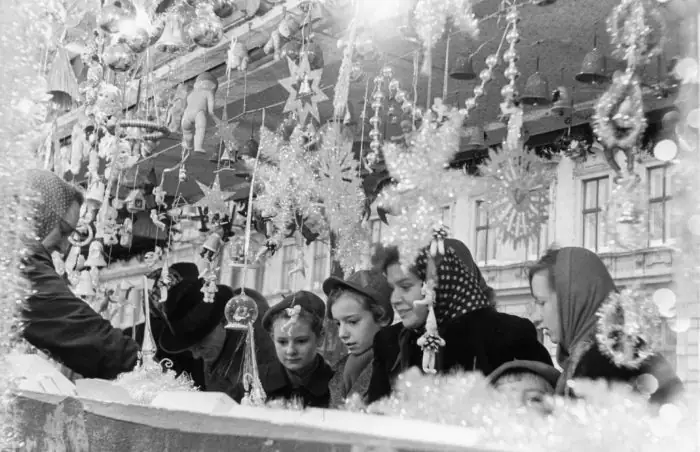
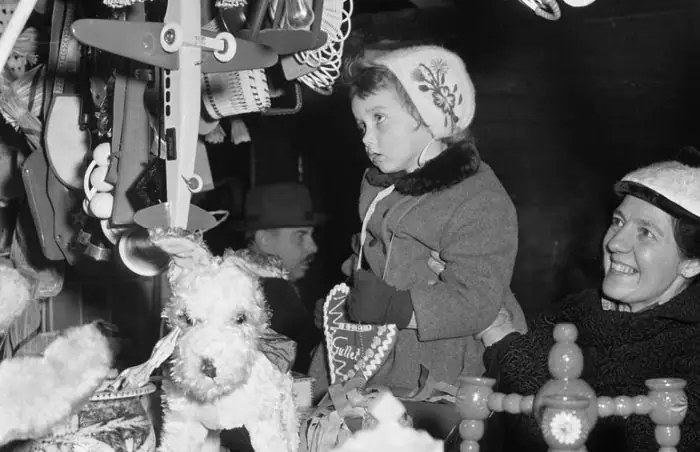
Tired of mass-produced goods, people began to turn more towards folk crafts, handmade items and traditional forms of entertainment. Visiting Christmas markets became a form of tourism in its own right: travellers from around the world now flock to Europe to see the most vibrant Christmas markets, sample national dishes and buy products from local artisans.
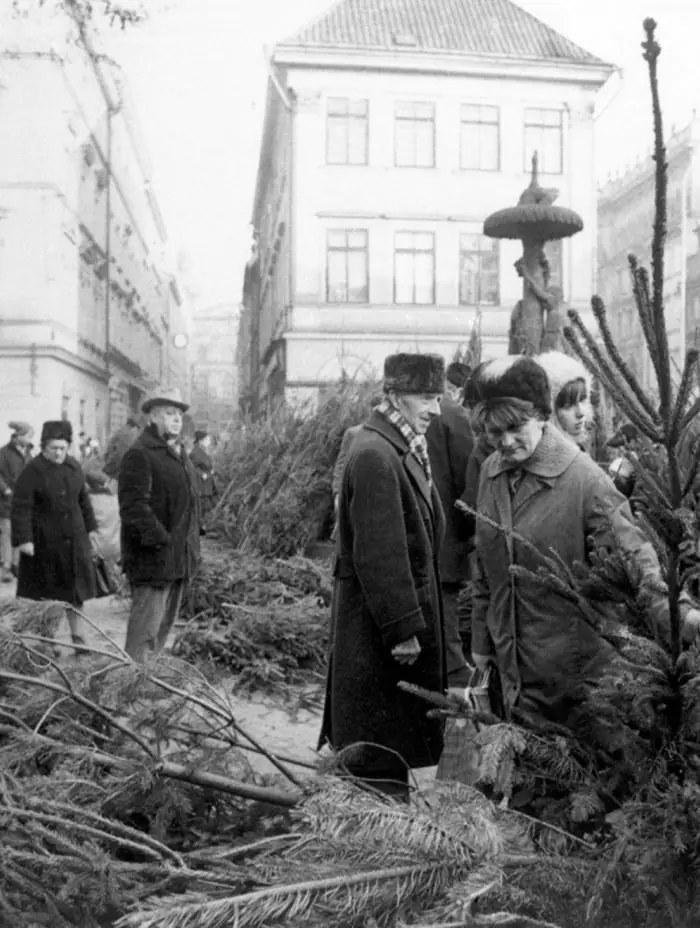
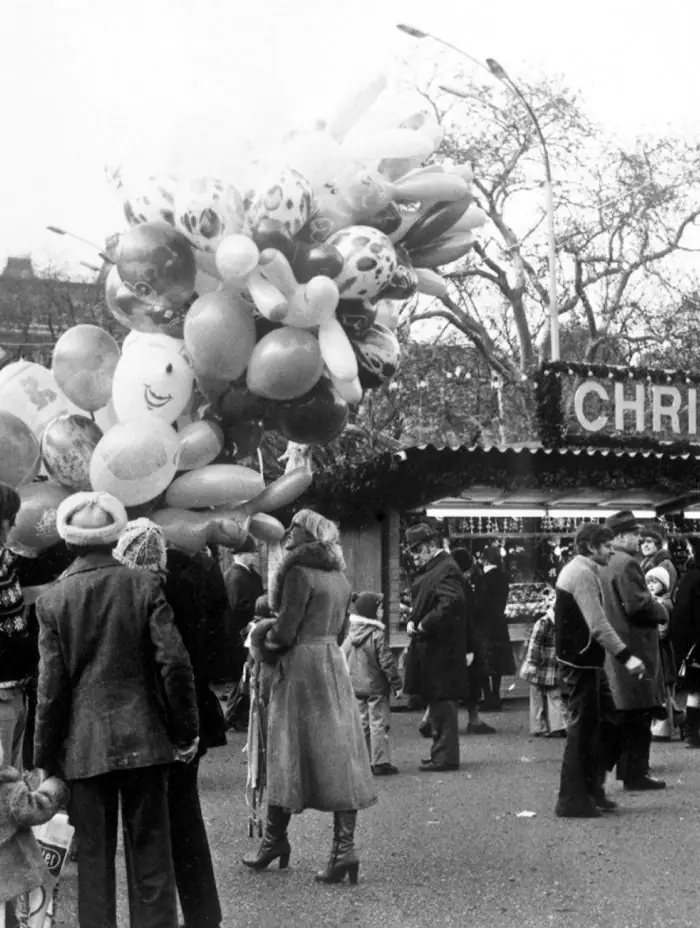
The Christkindlesmarkt in Nuremberg and the Striezelmarkt in Dresden remain particularly popular — they are among the oldest Christmas markets in the world — along with markets in Cologne, Stuttgart and Berlin, each boasting centuries of history. Every year, about 3000 markets are held across Germany. Other major markets include those in Strasbourg, known as the “Capital of Christmas”, Vienna, Salzburg, Vörösmarty Square in Budapest, and Old Town Square in Prague.
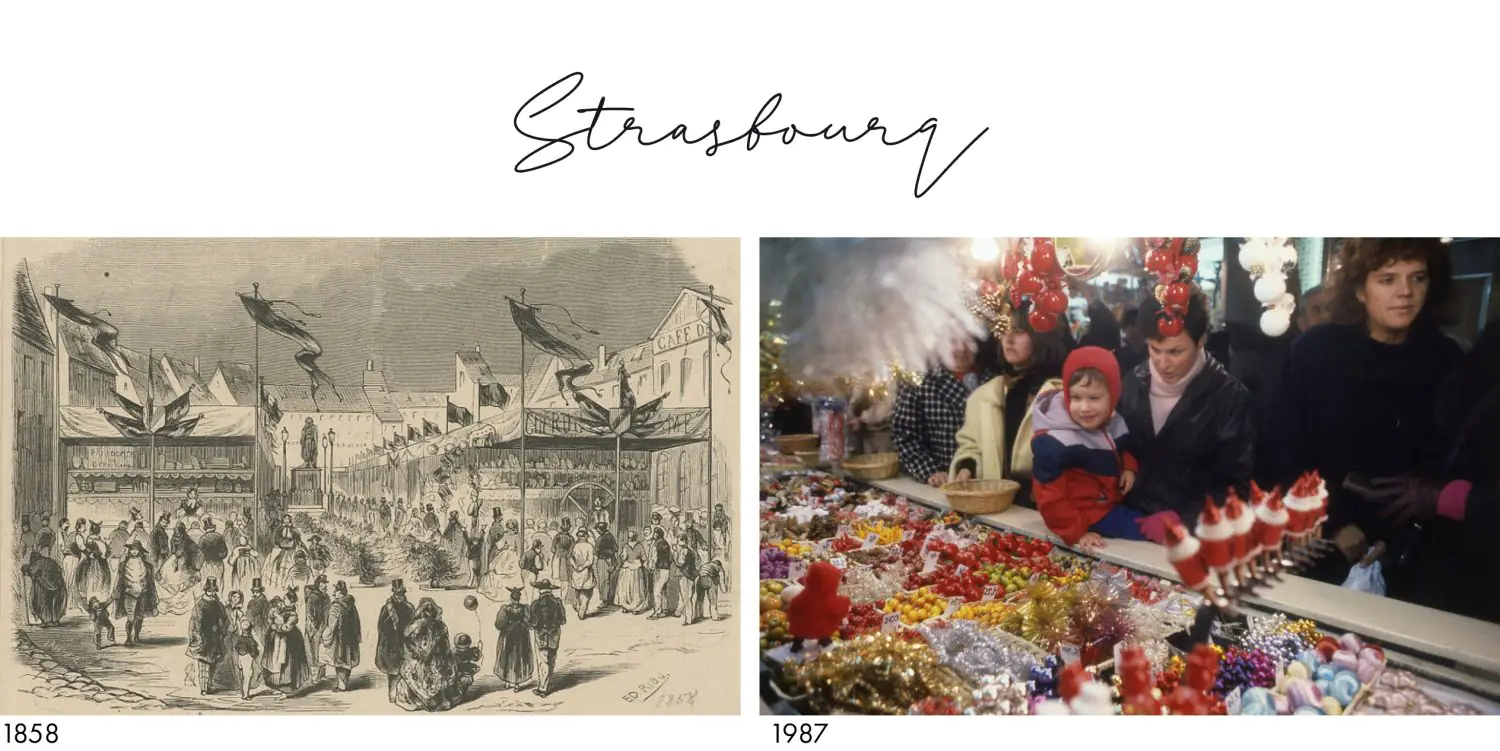
Christmas markets in the Baltic States have become an important part of the winter tourist season. In Vilnius, the main market is held in Cathedral Square, where visitors can sample Lithuanian honey cookies, kibinai (meat or vegetable-filled pastries), and hot mulled wine. In Tallinn, the main Christmas market takes place in the medieval Town Hall Square, attracting visitors with its handmade goods and classic treats like blood sausages and marzipan. These markets are known for their intimate and cozy atmosphere, making them popular with both locals and tourists.
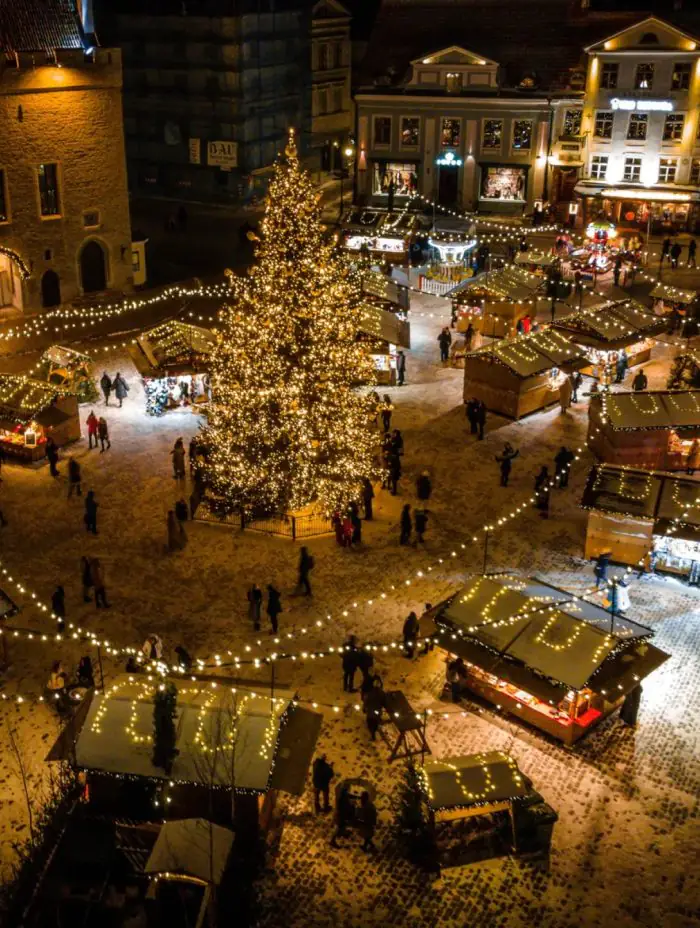
culturetrekking.com
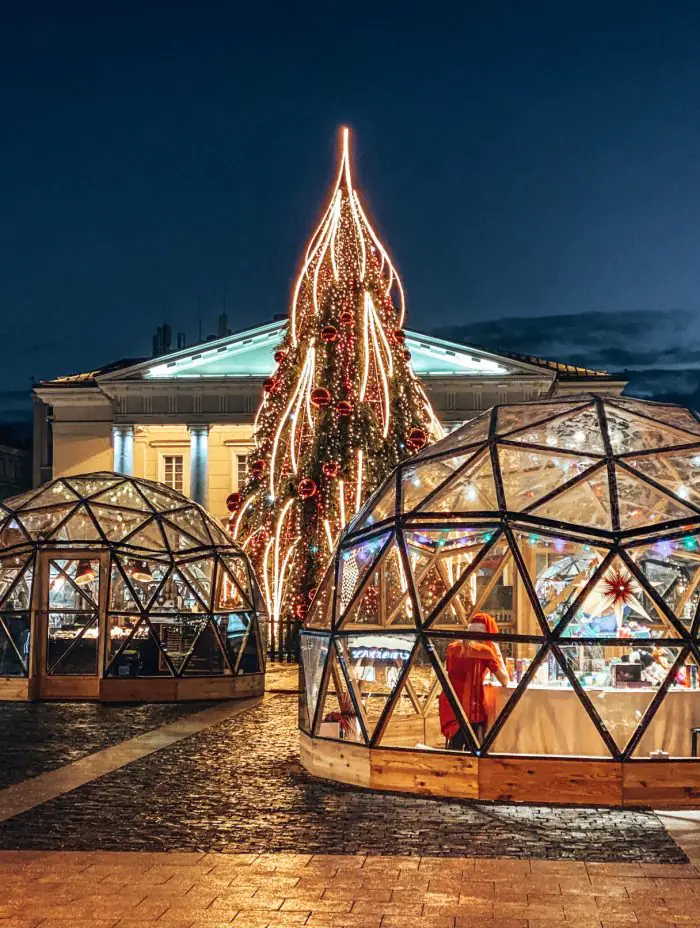
livingwiththewolf.co.uk/a-guide-to-vilnius-christmas-markets
In Riga, the most iconic Christmas market traditionally takes place at Dome Square. Here, visitors can find handmade products from Latvian artisans, including warm woolen clothing, amber jewelry, wooden toys, and souvenirs. Food offerings include grey peas with bacon, roasted almonds, piparkūkas (gingerbread cookies), and warming Riga Black Balsam. The market is further enriched with performances by musical groups, craft workshops, and themed activities for children. Each year, Riga’s Christmas markets, which successfully blend national traditions with modern elements, continue to attract more visitors from Latvia and abroad.
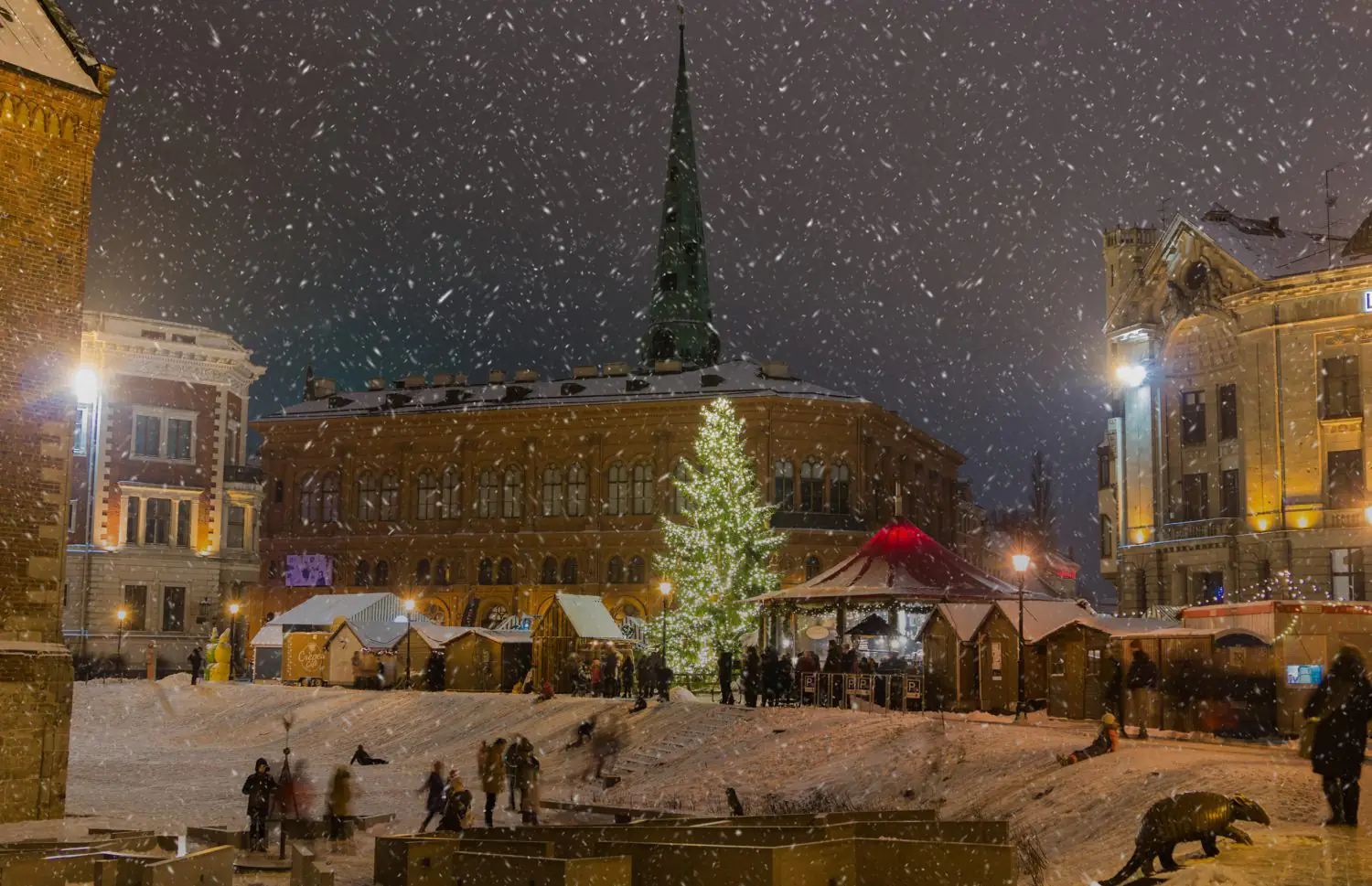
adobestock.com
Christmas markets have evolved over time to become one of the most cherished winter customs, offering warmth and comfort to city dwellers during the chilly weeks leading up to Christmas. By blending cultural traditions with modern touches, they play a key role in shaping a city’s unique “sense of place”, creating a festive atmosphere like no other.




